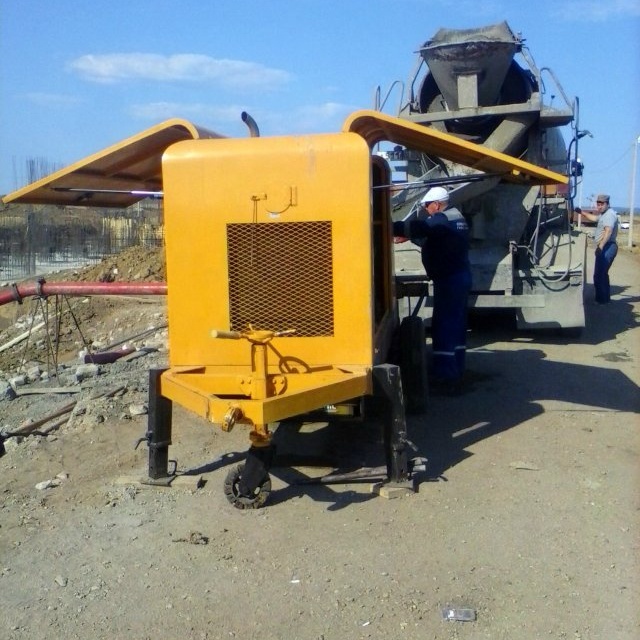
1. Sometimes wrong with the liquid concrete material. It mainly includes 3 reasons, such as the segregation of wet concrete, the sized of the aggregate is very big, and the remaining concrete sediment in the bottom hopper.
2. Sometimes wrong with concrete transport pump. It mainly includes 2 reasons, one is not good sealing of the delivery pipe, another maybe not cleaning completely for the pipes.
3. Management problems of concrete delivery pump. It mainly include 3 reasons, such as the speed is too fast, very long intermittent time, insufficient consideration of temperature effects.

1. Selected materials without roughly
The amount of cement slurry should be sufficient; the particle size of the aggregate should be strictly screened. The maximum particle size of pebble should be less than 1/3 of the diameter of the delivery pipe, the maximum particle size of crushed stone should be less than 1/4 of the diameter of the delivery pipe, and the sand content should be greater than 40% The amount should be sufficient and kept above the stirring shaft. Pay attention to check the slump of the concrete. Those who are unqualified must use it after second mixing. Generally, it is 8-18cm, and it is generally 15cm when the distance is long and the height is large.
2. Concrete pump operated strictly
druing the pumping of the concrete pump, set up a special person to inspect the leak tightness of the catheter, and immediately find and repair the leak. When the pumping is finished, you must clean the catheter and set up a special person to inspect and supervise. Before each pumping, check whether the delivery pipe is unobstructed. Try to avoid blockage at the elbow.
3. Manage and Water Washing Carefully
Pump down slowly for the first time, and speed up properly after normal pumping. Generally, the pump is turned on every 5 minutes to prevent pipe blocking during intermittent periods. Concrete that has reached the initial setting state cannot be pumped. Cover the straw bag outside the duct to control the temperature and water in summer Cool down and cover insulation in winter.

Name: Michael Cheng
Mobile:+86 15066732025
Tel:+86 15066732025
Whatsapp:8615066732025
Email:[email protected]
Add:No. 28 Taixing Street Manzhuang Town, Taian City Shandong Provice China